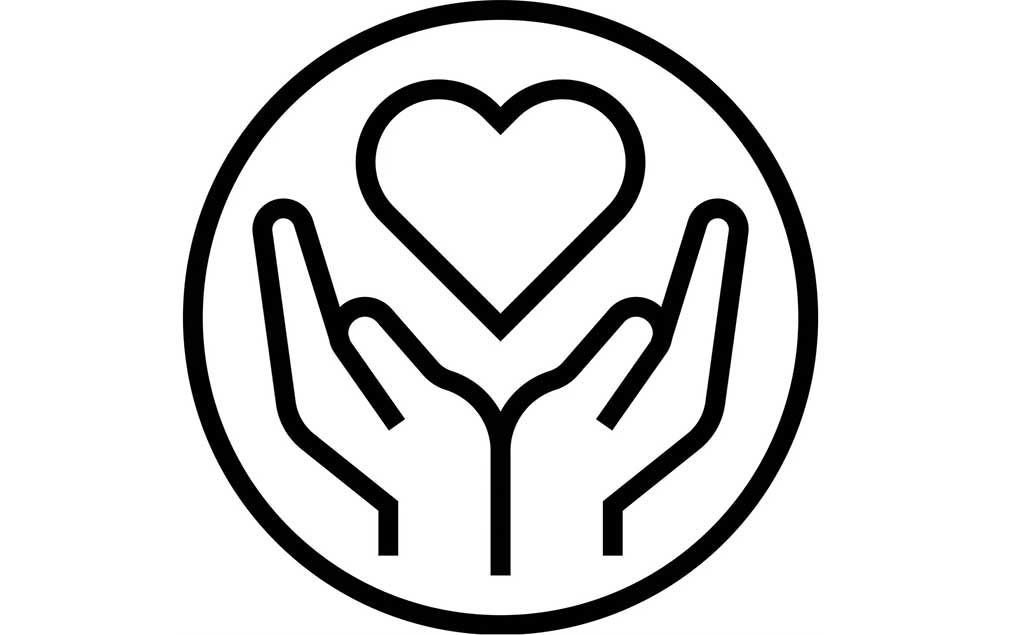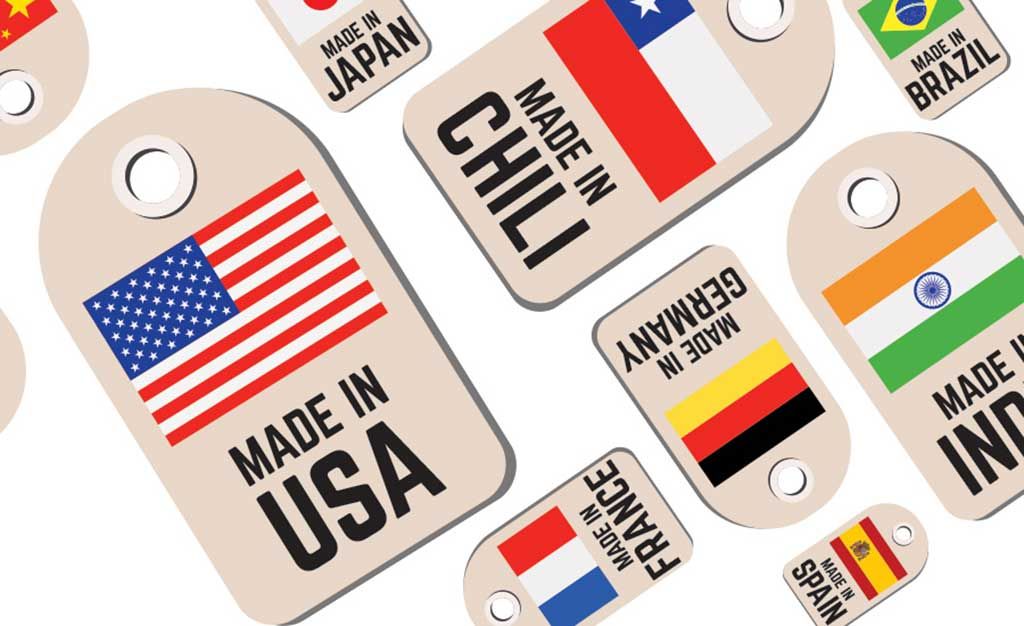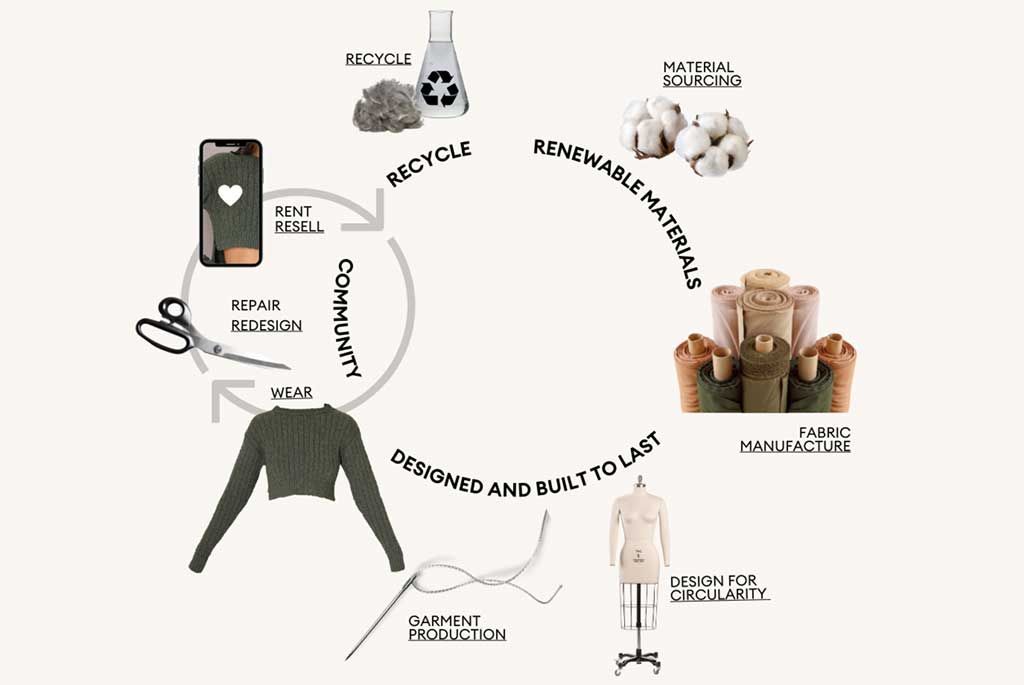Sustainability Throughout the Supply Chain: Creating a Greener Future in Fashion
By Tirsa Parrish
The future of fashion is rooted in sustainability—and your supply chain is the foundation from which it grows.
Brands committed to sustainability know it’s more than a buzzword. From design to delivery, every choice—fabric, factory, freight—either contributes to the problem or helps solve it. Whether you're launching a new brand or scaling your operations, embedding sustainability throughout your supply chain is no longer optional. It’s essential.
At Fashion Index, we believe fashion should do more than look good. It should do good—ethically, environmentally, and economically. Here's how you can create a supply chain that reflects your values and supports long-term success.

Label line icon meaning garment materials have been ethically sourced; image via dreamstime.com
1. Responsible Sourcing: Start with Sustainable Materials
The first step in building a sustainable fashion supply chain is material selection. Choosing eco-friendly and ethically sourced fabrics like organic cotton, hemp, recycled polyester, or deadstock textiles reduces your environmental impact from the outset.
Tips for Responsible Sourcing:
-
Work with suppliers who provide transparency into farming or raw material practices
-
Consider regenerative fibers or closed-loop materials for circularity
-
Ask for certifications like:
-
Global Organic Textile Standard (GOTS): An internationally recognized certification that ensures the organic status of textiles, from raw materials to finished products
-
OEKO-TEX®: A globally recognized system for testing and certifying textiles to ensure they are free from harmful substances
-
Fair Trade: A system that ensures product are produced and traded ethically, providing benefits to producers and workers while also promoting sustainable practices
-
SA8000: A widely recognized international standard for social accountability management systems, focusing on ethical labor practices and fair treatment of workers
🔍 Fashion Index Tip: Use our platform to filter by "Sustainable Fabrics" or "Certified" when building your supplier network.

Image via packagingstrategies.com
2. Ethical Manufacturing: Prioritize People and the Planet
Sustainability includes the social fabric of fashion. Ensure your manufacturers provide safe working conditions, fair wages, and responsible waste management. Producing closer to home can reduce emissions and enhance oversight.
What to Look For:
-
Factories with verified labor practices and sustainability certifications
-
Production partners that offer low-waste cutting, digital sampling, or water-saving dyeing methods
-
Suppliers willing to collaborate on small-batch or made-to-order models
🌍 Fashion Index Tip: Search by “Ethical Manufacturing” and refine by region to find trusted partners worldwide. Certifications are expensive therefore many small facilities will not have these but are operating in a way that meets the standards.

Image via TheSustainableFashionForum.com
3. Circular Thinking: Design with End-of-Life in Mind
A sustainable supply chain plans for what happens after the product’s life cycle. Designing with circularity means considering how a garment can be reused, repurposed, or recycled instead of ending up in a landfill.
Strategies for Circularity:
-
Choose mono-materials to simplify recycling
-
Partner with upcyclers or take-back programs
-
Offer repair services or promote garment longevity
🔁 Fashion Index Tip: Use our "Upcycling Services" and "Sustainable Design" filters to find partners aligned with circular fashion values.
Related Read: 👉Circular Fashion: Reducing Waste and Reimagining Sustainability - reduce waste and environmental impact with sustainable practices like upcycling, responsible sourcing, and slow fashion.
4. Green Logistics: Reduce Impact from Packaging to Shipping
Shipping and packaging often get overlooked—but they make a significant dent in your carbon footprint. Opting for recycled, minimal packaging, local fulfillment centers, and transparent, third party verified carbon-offset programs (used as a supplement, not a substitute) can help create a more sustainable back end.
Sustainable Shipping Ideas:
-
Use Forest Stewardship Council (FSC)-certified (a product made from wood or other forest-based materials sourced from forests that are managed responsibly, according to the FSC’s standards) or compostable packaging
-
Consolidate shipments to reduce emissions
-
Consider third-party logistics (3PL) partners who prioritize sustainability
📦 Fashion Index Tip: Look for “Eco-Friendly Packaging” and “3PL Warehouses” under our trims and packaging suppliers and logistics categories.
Related Read: 👉 Navigating the De Minimis Exception: Impact on Fashion, Trade, and Labor Standards – Learn how shipping loopholes affect sustainability, fair labor, and global production.
5. Supplier Alignment: Work With Values-Driven Partners
The best supply chains are built on strong partnerships. Partner with vendors and service providers who share your vision for sustainability. This ensures every touchpoint, from development to delivery, reflects your mission.
How to Align:
-
Communicate your sustainability goals upfront
-
Build relationships with partners who go beyond compliance
-
Prioritize transparency and long-term collaboration
🤝 Fashion Index Tip: Fashion Index allows you to vet, message, and connect directly with sustainable suppliers who want to work with brands like yours.
✨ Build Smarter, Cleaner, and More Conscientiously
Sustainability is not a one-time action. It's a continuous effort across the entire fashion ecosystem. By auditing your current partners, exploring alternatives, and committing to conscious choices, you not only future-proof your brand—you help transform the industry.
At Fashion Index, we're here to help you connect with suppliers, manufacturers, and experts who make sustainable success possible. Whether you're focused on eco-friendly sourcing, ethical manufacturing, or sustainable logistics, we’ve got tools and partners to guide your journey.
Ready to make your supply chain more sustainable?
Join Fashion Index and discover vetted, values-aligned partners committed to building the future of fashion with you.
List your company on Fashion Index to be discovered by brands building a sustainable, ethical, and circular fashion supply chain. Whether you're a textile supplier, factory, or logistics provider, we want to hear from you.
👉 Visit fashionindex.com/subscribe to start.